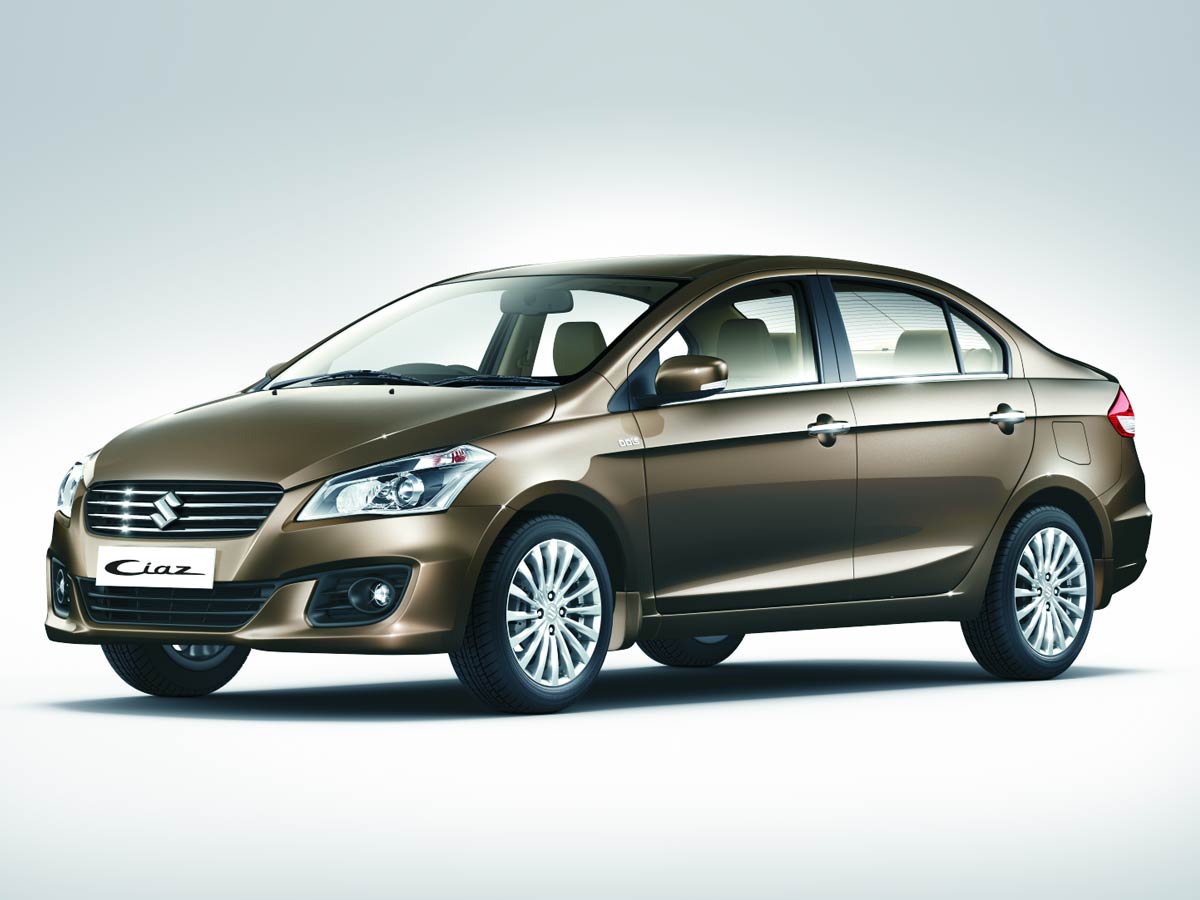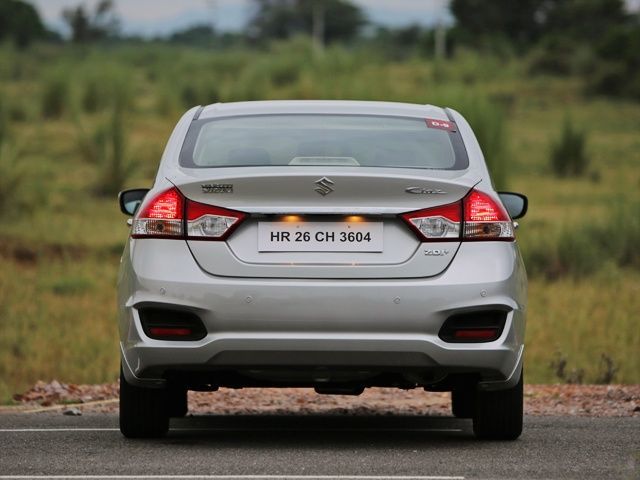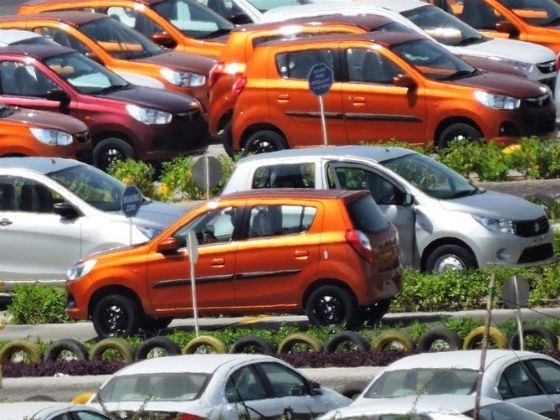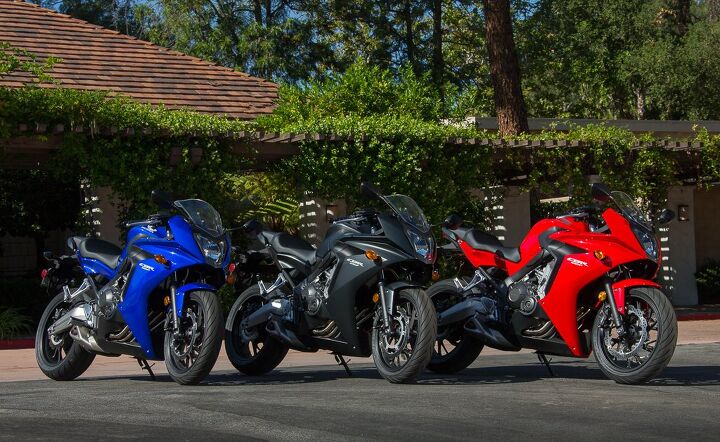For the first time in a long time, Lamborghini has prepared something genuinely unexpected for a motor show: a concept car with taste. This is the Lamborghini Asterion LPI 910-4, and it demonstrates the raging bull’s more ‘sensual’, caring and sharing side.
That’s ‘demonstrates’ in the literal sense, as the firm claims this isn’t just some kind of static design concept. Instead it’s ‘a technological demonstrator representing a Lamborghini model that could be realistically produced today, using technologies currently available and drawing on Lamborghini’s own expertise.’
As such it sounds as much like a challenge to brand owners the Volkswagen Group as it does an effort to drum up new customers (while also making clear
Porsche wasn’t involved in the process). In keeping with contemporary trends, the LPI 910-4 is a plug-in hybrid. And in keeping with Lamborghini naming convention it produces 910ps – that’s 898bhp.
 What’s in a name? Lamborghini Asterion LPI 910-4 power, performance and clever packaging
What’s in a name? Lamborghini Asterion LPI 910-4 power, performance and clever packaging
The power is provided by a three electric motors and a 5.2-litre V10. That last part should be familiar as it’s the exact same 602bhp unit deployed by the
Lamborghini Huracan LP610-4. The electric motors make up the remaining 296bhp, and together this very modern combo is capable of 0-62mph in 3.0 seconds. Top speed is 199mph.
So, to further decode the name, LP – as it does with every Lamborghini – stands for ‘longitudinal posterior’, meaning the longitudinal mid-rear positioning of the conventional engine. The I stands for ‘ibrido’, Italian for hybrid. The 4 means it’s four-wheel drive, and we’ll come back to that. Asterion, aside from sounding stupidly cool, is apparently the ‘proper’ name for the mythical Minotaur, perhaps the ultimate hybrid. There must have been high-fives all round when they came up with that one.

Instead of using a conventional four-wheel drive system like other Lamborghinis, the Asterion drives the rear wheels with its V10 while two of the electric motors take care of the front wheels, adding torque vectoring into the bargain. The third motor is tucked away in the seven-speed dual clutch gearbox. The transaxle design of this positions it behind the engine, leaving what would usually be the transmission tunnel in a conventional four-wheel drive car free to provide storage for a lithium ion battery pack.
Lamborghini says this solution is not only ideal for the balance of the car, it also provides the best crash protection for what can be a highly delicate (and combustible…) component.
Silent running – the Lamborghini Asterion’s electric vehicle capability
The Asterion’s batteries are no mere ploy to satisfy the CO2 reduction lobby – although they will certainly do that as well. Instead they give the car a 50km (31-mile) electric only range – nearly triple what even the
Porsche 918 is capable of achieving, the only other hybrid hypercar with any significant EV potential.
Lamborghini claims 98mph is possible on electricity alone. Best not expect the batteries to carry you anywhere near to 31 miles at that velocity. The usual eccentricities of official fuel economy testing means the Asterion would homologate at a frankly ludicrous 67.3mpg. That’s equivalent to 98g/km CO2, therefore making it the world’s first road tax-exempt Lamborghini (in the UK).
The weight of the hybrid drivetrain – some 250kg – is offset by the extensive use of carbonfibre. This includes the entire monocoque and the wheels, which are 20 inches in diameter at the front, 21 inches at the rear. Active cooling via part-titanium grids over the front air intakes further improves efficiency.
Lamborghini Asterion: it’s a cruiser, not a bruiser
It’s easy to think of the Asterion as Lamborghini’s answer to
LaFerrari,
McLaren P1 and
Porsche 918, but the big bull is actually pitching it as ‘a car comfortable for every day cruising rather than extreme performance and handling’. Someone go check for pulses over at Sant’Agata, stat.
This entirely uncharacteristic approach strikes us as enjoyably refreshing, perhaps reflecting the somewhat polarised reaction to other recent Lamborghini concepts, namely the
Veneno and
Egoista. Although maybe it’s just because the marque knows it’s never going to get the green light for the car and just wanted to do something different.
Either way, the cruiser-not-a-bruiser ethos is evident in the ‘sensual’ design of the outside and the luxurious nature of the interior. For heaven’s sake, the Asterion’s even got conventional doors.
On the inside there are just two seats. Several of the finest bovine specimens were obviously sacrificed for the cause, the leather contrasting with ‘forged carbonfibre’ and titanium detailing. The three-spoke steering wheel is an explicit reference to the Miura. Yes, Lamborghini is apparently skirting round that sacred, uh, cow again. The buttons added to the wheel control the driving modes: Zero for electric running, I for Ibrido (ie: hybrid) and T for Termico (thermal, thus combustion) power.
Designed in-house at Lamborghini Centro Stile, the Blue Elektra ‘glittered’ exterior also pays respectful homage to heritage – though we’re sure you’ll have your own opinions about these and other visual references. The differentiation between this and Lamborghini’s existing models deliberately points to the ‘technological concept behind the car’. At the rear the hexagonal glass of the transparent engine cover changes depending on the driving mode.
Almost inevitably theses days, the in-car infotainment including satellite navigation and climate control is taken care of by a removable tablet.
So what do you think? To our eyes it’s the most interesting thing Lamborghini has shown at a motor show in ages – but does the Asterion stray too far from the animalistic nature of this passionate Italian supercar brand? You decide.

















 Customers in this segment are very demanding. They expect a lot of features and are very value-for-money conscious. It has always been a challenge catering to them. So our effort has been to create the excitement with a futuristic offering," Maruti Suzuki India (MSI) Executive Director (Marketing and Sales) RS Kalsi told PTI.
Customers in this segment are very demanding. They expect a lot of features and are very value-for-money conscious. It has always been a challenge catering to them. So our effort has been to create the excitement with a futuristic offering," Maruti Suzuki India (MSI) Executive Director (Marketing and Sales) RS Kalsi told PTI.


































